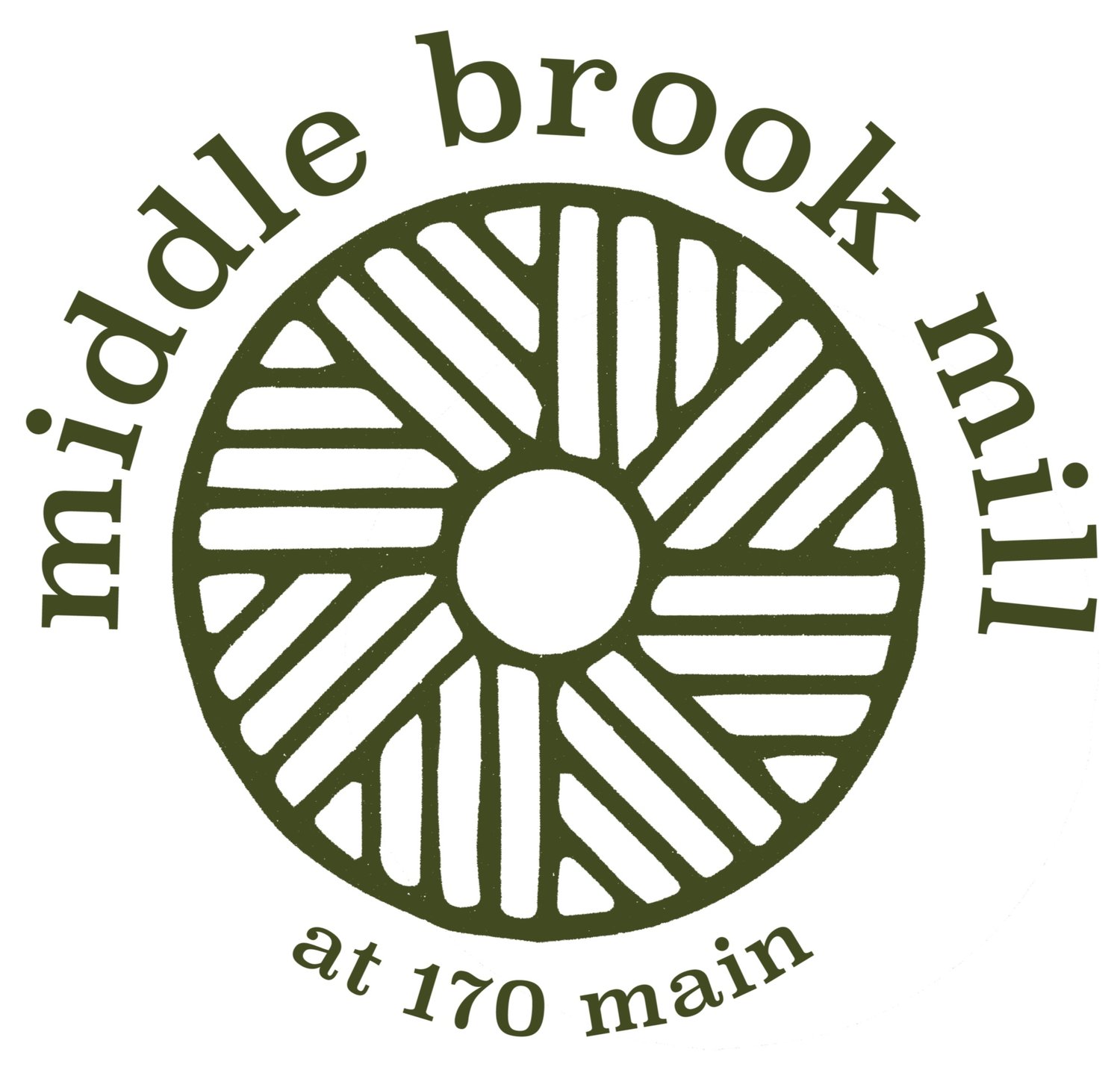Our Story
At the gateway to our small village of Jefferson stands a beautiful Greek Revival farmhouse. Built in 1860, the stately building housed town founders and farming families for well over a century before falling into disrepair. In 2019, we bought the building with a deep commitment to maintaining and celebrating its historic beauty but this time repurposing it to house a stone mill, bakery, & small café. In New York, farm families are starting to diversify using regenerative farming techniques in order to grow grains, in particular ancient & heritage grains. At Middle Brook Mill our mission is to foster those changes and to promote economic growth in Jefferson while honoring its agricultural heritage and historic character.
Why Heritage Grains?
Farmers and scientists continue to learn more about the benefits of heritage grains for the earth and for all of us living on it. High in antioxidants and protein and packed with vital nutrients, they are often even options for the gluten-sensitive. With a history that dates back 10,000 years, ancient grains bring us back to a time before industrial farming practices became the model & modern milling techniques took hold, stripping away many of the nutrients.
Meet the Grains
More and more, farmers and scientists are learning just how good heritage grains are for the earth and for all of us living on it. High in antioxidants and protein and packed with vital nutrients, they are often even options for the gluten-sensitive. Plus, they offer fascinating insights into human history, global trade practices, and the growth of the organic movement in the United States. (But we also just think they’re tasty and make exceptional breads, crackers, and griddle cakes.)
Einkorn
The original ancient ancestor of all other wheats Einkorn has a pleasant nutty flavor. Higher in protein, the gluten content is similar to other wheats but the protein structure is different. Technically speaking it has a higher ratio of gliadins to glutenins, groups of proteins found in wheat. Could this be why some people find it easier to digest? It is more nutritious having more essential nutrients. It is rich in lutein an antioxidant, as well as iron, magnesium, manganese, niacin, riboflavin, thiamin, vitamin B6 & zinc.
Emmer
Also known as farro, emmer is rich in fiber, protein, essential vitamins and minerals, and antioxidants. It is higher in protein with a lower gluten content than bread wheat. It has a chewy texture and a nutty taste. Emmer flour makes a delicious, heavy, bold flavored bread.
Red Fife
This flavorful grain is a wonderful choice for breads, with a nutty, herbaceous flavor that stands out. During the 19th century, red fife was one of the most popular grains in North America, and has seen a resurgence in the last decade.
Spelt
Spelt has a mild, nutty flavor and is high in fiber and protein. It also contains soluble fiber, iron, magnesium, phosphorus, zinc and niacin (vitamin B-3) Some people find it is easier to digest. It is thought it may be because its naturally occurring gluten is more fragile and water soluble.
Blue, Red & Purple Corn
No matter the color, corn is very rich in vitamins, minerals, phenolic acids, flavonoids, and other phytochemicals. Deeply hued corn varieties like blue, red and purple all have particularly high concentrations of anthocyanins, which are believed to have long term health benefits.
Why Run a Stone Mill?
Large roller style mills that create most of the flour you see in the grocery store grind out the nutritional portions of the grain – stone mills, however, allow the miller to keep the germ and bran in the flour. This makes our fresh flour taste better, but means that it has a shorter shelf life than stabilized all-white flours. It is best to store our flour in a cool location. Human history has been grounded in the connection between farm and table. The most basic of all relationships are those we find with bread – from the sowing of the grains, to milling them to flour, to the baker who crafts what has been the “staff of life” for millennia. Bread is at the center of what we know as community life. Middle Brook Mill is bringing those connections back to our own community.

“When we act like a community, then we’ll prosper as a community.”
— Bob Quinn, organic farmer & author









